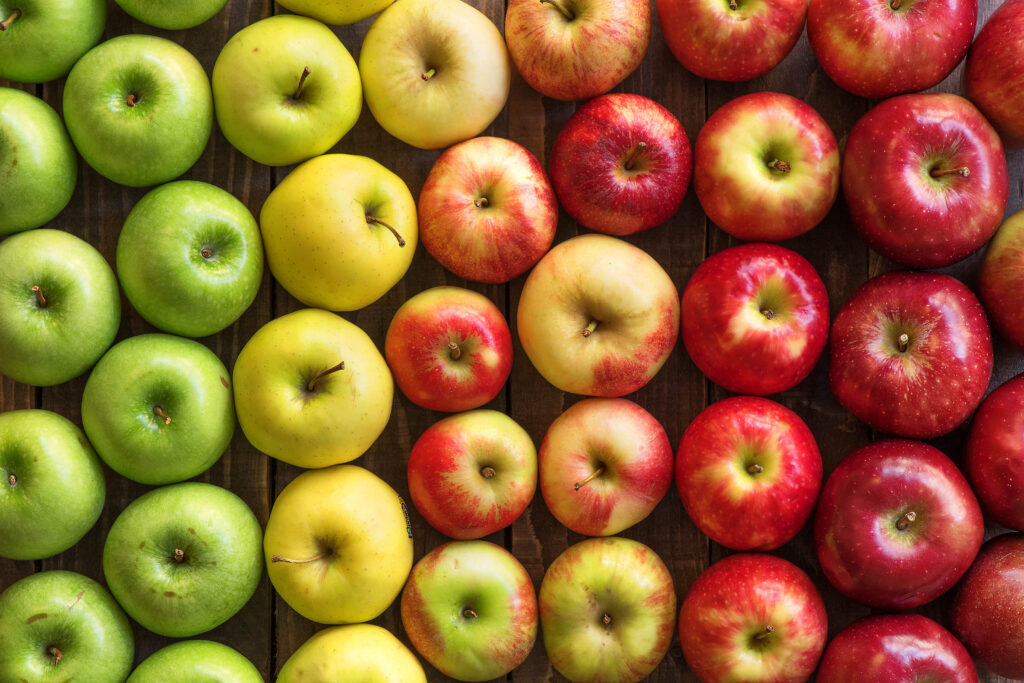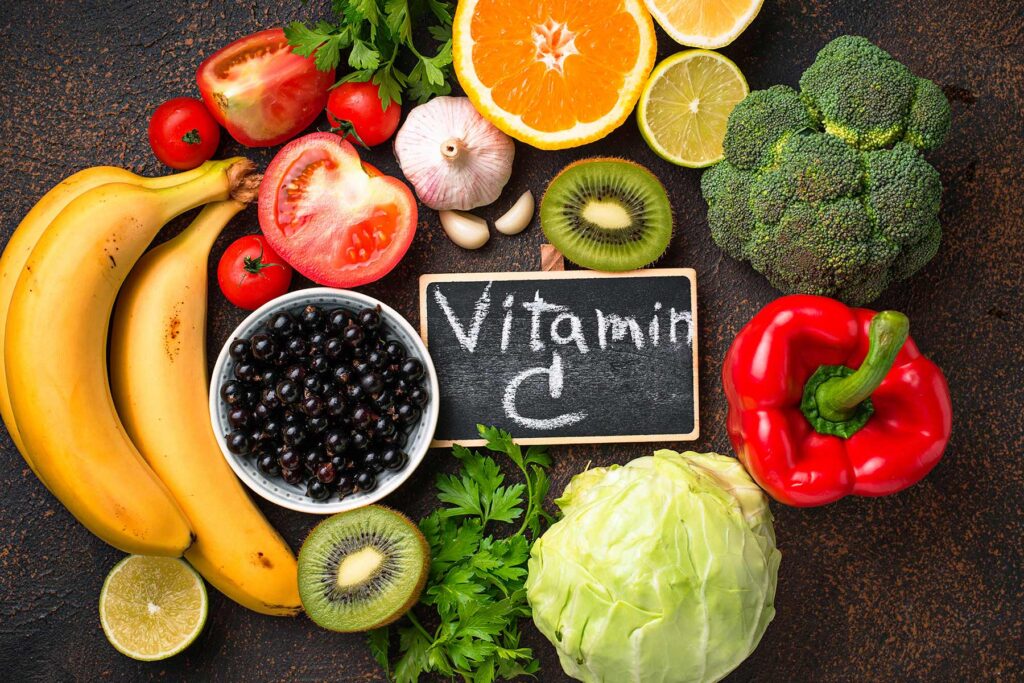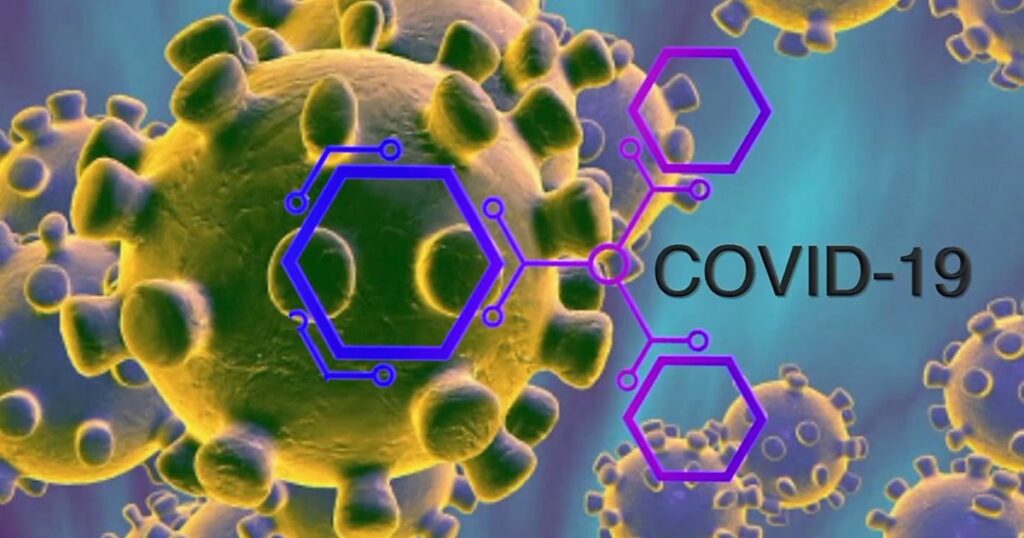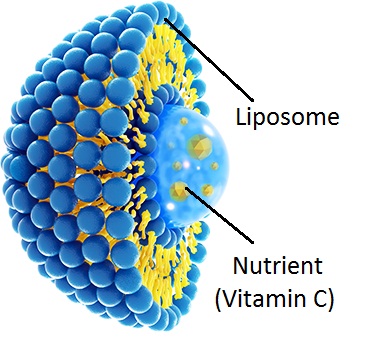Food - Calamari
A Favorite sea food when its good - The cephalopod; calamari
Need to include pictures of Argintina calimari and Morrocan. And the stories about that.
“Calamari,” a dish of fried battered squid parts, can include the tentacles (attached to part of the head), as well as the body (cut across its width).
The term calamari comes from the Medieval Latin word “calamarium,” or ink pot. Calamarium itself comes from “calamus,” which means reed pen. Squids eject a black inky substance, so the derivation makes perfect sense.
Calamari are squids. Both squids and octopuses are in the class Cephalopoda, but they belong to different orders.
There are numerous differences between these orders. An octopus has eight arms, while a squid has ten. Squids are pelagic (they swim in open water), while octopuses are benthic (they mostly stay on the bottom). A squid has a hard internal structure (sort of a bone substitute), made of chitin, called a pen or gladius. All octopus species except one lack this “pen.” Squids generally swim in large schools, while octopuses are mainly solitary.
Calamari is one of the most popular seafood dishes you can get. Many people around the country consume fried calamari as an appetizer. The texture and juiciness of this squid dish make it stand out from other popular appetizers and other seafood dishes overall. But because it’s such a common dish from such an unusual animal, we thought of some fun facts about calamari that would be interesting to tell people about.
From how it got its name to how it is eaten across the world, calamari is full of surprises.
Fun Facts About Calamari’s Name
The craziest thing we learned about calamari is that calamari and squid are two different sea creatures. Calamari is a smaller cephalopod, whereas squid species are famously large. They look so similar in appearance that their names have become interchangeable, with them both being called calamari in Europe, but there’s more to the name. In the United States, calamari means food made with squid. Between two specialties and two countries, calamari has the most confusing name among popular seafood.
It doesn’t end there. With an international history that starts in Europe and leads into America, there are a lot more interesting facts about calamari’s name. Here are some of our favorites.
Calamari originates from Italy, so it should make sense that the name comes from the Italian word “calamaro.”
“Calamaro” was originally Italian for “ink pot,” “pen case,” or “reed pen.” Since squids squirt ink, it makes sense that it would influence the name of the food made from squid.
Fun Facts About Calamari in Other States and Countries
Calamari is popular around the world, but some facts about where it’s most and least popular may shock you.
Did you know that calamari is so popular in Rhode Island that the state harvests over 54% of all calamari in the Northeast United States?
Fish and chips mean something different everywhere. In New Zealand, South Africa, and Australia, the dish of fish and chips includes fried calamari. But if french fries are the chips in Britain, and calamari is fried, is calamari the ‘fish’ or the ‘chips’ in Australia?
In Korea, it’s popular to eat calamari raw, not fried, not sauteed, not in sushi, just raw.
In countries like China and Japan, calamari is considered a snack. We wish we ate calamari like we eat pretzels and chips.
Fun Facts About Squid
Without squid, there would be no calamari to make them from. These fascinating sea creatures are unlike almost any other sea fish under the ocean when judged by appearance. They’ve inspired legends, nightmares, art, and more while also being one of the tastiest treats in the sea.
There are over 300 different species of squid out in the world, but sadly, they are not all edible.
The colossal squid is over 45 feet long, which is longer than the average bus. Sadly, they are poisonous. You cannot eat them.
The colossal squid has the biggest eyes in the animal kingdom. You can’t eat those either.
A squid’s tentacles and a squid’s arms are two different things. The arms don’t have suction cups.
Many different species of squid have three different hearts. You can eat some of them.
Squid have beaks, like birds.
Squid have built-in contact lenses, so they never need glasses.
When a squid blends into the environment, it doesn’t turn invisible. It actually turns red, which is a color that can’t be seen on the lower levels of the ocean, where many bigger species of squid live.
Tell Us Your Fun Facts About Calamari and Squid Over Dinner
Fried calamari is one of the most popular appetizers around the world, made from one of the most interesting animals in the world. We told you some of the most fun facts we could find out about calamari and squid. It’s only fair if you come and tell us some fun facts about calamari that you know. Make a reservation online today.
Recent Addition
I recently updated my “before I die” list to include a visit to Japan and the opportunity to experience dining at a Michelin three-star restaurant. Specifically, I am eager to savor the delights of a Japanese restaurant that has earned this coveted distinction, and I look forward to immersing myself in the country’s rich culinary heritage and culture.
I am told, there are several reasons why there are so many Michelin-rated restaurants in Japan. One of the main reasons is Japan’s deep appreciation for culinary excellence and attention to detail, which is reflected in the country’s rich culinary heritage and culture. Japanese chefs are known for their skill and dedication to their craft, and many have spent years mastering traditional techniques and perfecting their dishes.
Another reason for the high number of Michelin-rated restaurants in Japan is the country’s high standards of hygiene, safety, and quality control, which are essential for earning Michelin stars. Many restaurants in Japan have strict regulations in place to ensure the quality and freshness of their ingredients, and they often use seasonal and locally sourced produce to create their dishes.
In addition, the Michelin Guide has been highly influential in Japan, with the first Michelin Guide Tokyo being published in 2007. The guide has helped to raise the profile of Japanese cuisine and has encouraged chefs to strive for excellence and innovation in their cooking.
Finally, Japan’s diverse and dynamic dining scene, which ranges from high-end kaiseki restaurants to casual ramen shops, has also contributed to the high number of Michelin-rated restaurants in the country. The Michelin Guide has recognized not only traditional Japanese cuisine but also international cuisine and innovative fusion cuisine, reflecting the country’s rich and diverse culinary landscape.
Okay, I admit it. I like to eat good food. And when I travel I really like to eat good local food. From street tacos in Mexico City, to a Michelin three star restaurant in Rome, I have eaten it all. Almost all. There are a few things I just won’t do. In any case, I have also enjoyed taking pictures of my food since the very first time I got a digital camera. And since those first pictures, cameras and picture quality have improved tremendously. When I have enjoyed a tremendously good dish, and I take a picture of it, I can almost remember how it tastes. Sometimes the picture looks better than the actual food was. Kind of like the McDonald’s menu compared to the hamburger they give you. But most the time it’s a wonderful reminder of a wonderful meal and the people who enjoyed it with me. In the early days it was somewhat of a distraction to use a digital camera with flash in a restaurant. Now it’s almost annoying with so many people taking pictures but we’ve all gotten used to it.

A little shrimp in Guatemala. Not recommended for the faint of heart. We think it may have been the shrimp that made Janice so sick and required a doctor’s visit in her hotel in Guatemala City. I ate the shrimp and I did not get sick. The best shrimp in the world we have eaten, however, was in Shanghai. So fresh and sweet. Ruined me for shrimp. (Jan 2022) Below is the doctor that came to our hotel in Guatemala City to give Janice a shot. She was really sick. It should be noted however that the shrimp she ate was from a very expensive restaurant in the old capital.

I do have some regrets about food. Mostly not trying things. Oh and that burrito from the 7-11 in Dallas Texas… I really regret that one. However, as with most things we regret the things we don’t do more than the things we actually do. At least for me. I regret not trying Sushi until my 40’s. I should have tried it earlier. This particular section is mostly pictures and stories about food, the places and the people. One of my favorite food stories, revolves around a picture in Dubai. Alberto and I threw down about $100 each (2001) for a sword dance and a huge meal, which “included” lobster. As the food arrived, I started taking pictures because it was amazing. And one of first was a large seafood platter of various seafood. As the meal came to an end we asked our waiter where lobster was. And he told us it was in the very first platter that we received. I quickly opened up the picture from my camera and showed him, and asked him to show me the lobster. Of course it wasn’t there and he knew it and he disappeared and never came back. And we didn’t press it. I still miss eating that lobster

When Janice and I in July 2014 Took a group of Hannahs friends to the coast from Escunitla to take a little ocean boat trip and eat lunch. Fresh food for sure.
Food that is good for you.
Info on good food.
On the Health Side
2022 should be the year of healthy eating and overall attention to personal health. Proper diet, weight, sleep and suppliments are key as we deal with the plagues we are experiencing. Here is one.
Liposomal Vitamin C. Kind of an odd place for this, but I needed a place to have friends go to learn about this.

An apple a day keeps the doctor away? I am trying to eat one a day especially for the pectin content.
Evidence for the Health Claim
Studies have long shown that diets rich in fresh fruits and vegetables can lower the risk of numerous chronic conditions. But more detailed studies show that apples, in particular, may be particularly protective of good health.
Apples, particularly their skins, are an excellent source of antioxidants . Antioxidants are believed to prevent damage to cells and tissues and help defend the body from cancer , cardiovascular disease, and possibly Alzheimer’s disease . Apple varieties vary in their antioxidant content, with Red Delicious having one of the highest levels. In addition, the flavonoids in apples, which possess antioxidant properties, are believed to protect the body against allergens and viral infections. Apples may also improve lung function.
In a study conducted in Finland, researchers investigated the relationship between apple consumption and the risk of stroke in over 9,200 men and women. Those individuals who consumed the highest number of apples showed a lower risk of stroke over a 28-year period compared to those who consumed the least number of apples. The researchers suggest that this benefit may come from the “phytonutrients” contained in apples, possibly including flavonoids. Two other Finnish studies showed that apple consumption may also reduce the risk of heart disease and lung cancer .
Evidence Against the Health Claim
There are many other foods—including other fruits—that contain the same antioxidants and offer the same benefits as apples. Beverages like coffee and black tea, and fruits including blueberries, cranberries, red grapes, strawberries, and bananas, are all rich in antioxidant flavonoids. Cranberries, studies show, are even higher in antioxidants than apples.
Of note, most of the nutritional benefit of apples appears to come from their skin, so peeled apples, apple juice, and applesauce lack the rich levels of antioxidants that the whole fruit contains.
Apples alone can’t keep anyone healthy, as no single food can, and apples can’t be expected to reverse previous damage caused by poor diet and lifestyle. Diets rich in trans fats, salt, and sugar—even with an apple a day—don’t lead to good health. Regular apple consumption, of course, is only beneficial as part of an overall healthful diet and exercise regimen .
Conclusion
Apples are a great choice for a healthful, low-fat, low-calorie snack. They’re rich in fiber and antioxidants, both of which may be protective against a variety of chronic diseases. To receive the maximum health benefits from apples, eating the whole fruit—including the skin—is recommended.
But remember, apples are no substitute for a balanced diet and regular exercise. And, even this is no guarantee. People who live impeccable lifestyles still suffer from heart disease and cancer, and keeping your doctor completely away makes it difficult to receive preventive services, like screening tests. Seeing your doctor regularly (but not too often) will allow him to possibly uncover conditions that can harm you in the future, even if you feel perfectly well while munching on that Red Delicious.
References
Amodio A. Does an apple a day really keep the doctor away? Families.com website. Available at: http://health.families.com/blog/does-an-apple-a-day-really-keep-the-doctor-away . Accessed November 5, 2008.
An apple a day keeps the doctor away (press release). Johns Hopkins Medicine website. Available at: http://www.jhu.edu/hurj/issue2/07E%20Apple%20A%20Day.pdf . Accessed August 8, 2006.

Vitamin C is the most used supplement in the world.
There is good reason for this as the science behind the many benefits of vitamin C is solid. Dr. Svent Gyorgi and Dr. Linus Pauling performed innumerable experiments proving that man, unlike most animals, is dependent upon vitamin C for a healthy existence. For decades we have relied upon various ascorbic formulas for our supplemental needs, but now a whole new vista opens up with Liposomal technology.
Increase Absorption Dramatically – Regular vitamin C is absorbed at approximately 19%, the balance remains in the gastrointestinal tract to attract water and loosen the bowels. Nanotechnology, liposomalized vitamin C is absorbed at 93%, measurable in the blood stream. A 390% increase in absorption! Get IV results with oral dosage!

My ideas on lifestyle and eating and supplimenting to avoid Covid.
First, lose weight. Stay active.
Fat and Covid
The coronavirus appears to evade the body’s immune defenses and “hang out” in fat tissue, which allows it to replicate and trigger a severe immune response, David Kass, MD, a professor of cardiology at Johns Hopkins Medicine, told the Times. https://www.webmd.com/lung/news/20211209/coronavirus-attacks-fat-tissue
What is Liposomal Vitamin C?
Many of us already know the benefits of vitamin C, both in our diet and supplement form. It’s probably the first thing you reach for when you feel a cold coming on due to its well-known antioxidant and immune boosting power.
We also know that we can only get vitamin C through our diet. However, just because we’re consuming a certain amount of vitamin C doesn’t mean that the body is able to put that full amount to use within our cells.
This is where liposomal vitamin C comes in. Liposomal vitamin C is more absorbable and bioavailable in the body because the vitamin C is encased within liposomes, microscopic droplets surrounded by a lipid bilayer, the same kind of barrier as our cell membranes. This liposome makes the vitamin C fat soluble (instead of water soluble) and more easily transported into our cells, where it can be used.
Let’s break down the characteristics, benefits, any side effects, and answer some of the most common questions about liposomal vitamin C.
What’s the difference between standard vitamin C and liposomal vitamin C? “Regular” vitamin C, also known as ascorbic acid, is what you’ll find in most vitamin C supplements as a powder, tablet, or capsule.
This type of vitamin C is water soluble, meaning it’s absorbed in water. Although our bodies contain a lot of water, the structure of our cells is made of lipids—fat. As we know, oil (fat) and water do not mix; they repel each other. This means that water soluble vitamin C is not absorbed very well into our cells where it is most needed.
Only very low doses of standard vitamin C can be well absorbed by the body; the higher dosage you take, the lower the absorption rate! At the commonly recommended 1,000 mg dose, your body can absorb less than half of what you ingest. The rest is excreted mostly into the urine. This means that taking oral “megadoses” of vitamin C isn’t really doing you much good, not to mention can cause digestive upset.
Liposomal vitamin C on the other hand, is still ascorbic acid, just encased in a liposomal form—surrounded by a lipid bilayer that allows for easier access into the cell. This means that it is far more absorbable and bioavailable in the body, ready to be used as needed. As a supplement, you get more value out of a liposomal formula than a water soluble formula.
Benefits of liposomal Vitamin C
Liposomal vitamin C essentially has the same benefits of standard vitamin C, you’re just more likely to notice the results due to its higher absorption ability. These are some of the primary areas in which vitamin C supports the body.
Skin health
Vitamin C helps the body produce collagen, the structural “glue” that holds us together.* Collagen is essential for cellular integrity, helping to keep out pathogens and toxins from the cytoplasm and the cell nucleus, where they can cause real damage.
It’s also what helps skin retain its smoothness, bounce, and elasticity. You’ve probably heard dermatologists and skincare enthusiasts recommend a “vitamin C serum”—this is why! [3, 4]
Heart health
Vitamin C is our most essential antioxidant, protecting nutrient molecules like proteins and lipids from oxidative stress and damage. For heart health in particular, it inhibits oxidation of LDL-protein, which reduces atherosclerosis. It has also been linked in some studies to improvements in arterial stiffness, lipid profiles and endothelial function.
Mood boost
Vitamin C helps synthesize neurotransmitters like dopamine and norepinephrine, the chemical signals that regulate our mood. Real liposomal vitamin C can easily cross the blood brain barrier, where it can be immediately used for mental support and mood regulation.
Without adequate vitamin C, researchers found that study participants had depressed mood and increased cognitive impairment.
Immune support
We need strong immune systems more than ever, and vitamin C is your immune system champion. Research shows that vitamin C reduced the number of common colds by half in physically active people.
Does liposomal Vitamin C have any side effects?
Standard vitamin C can easily cause digestive upset if taken in high doses. Liposomal vitamin C, however, since it is much more rapidly absorbed and used by the body, is far less likely to cause any side effects. Still, you should follow your health practitioner’s direction on a dose that is appropriate for you.
Can you take too much liposomal Vitamin C?
Vitamin C is well known for causing gastrointestinal distress when taken in high doses. However, liposomal vitamin C minimizes this risk because it bypasses typical absorption constraints in the gut and is rapidly absorbed into the cells. Though unlikely, liposomal vitamin C may initiate a Herxheimer reaction––flu-like symptoms that can occur when the body begins to rapidly detoxify and the elimination systems become overwhelmed with the sudden toxic burden released from the tissues. If this occurs, simply cut back on your dosage or stop altogether until you recover. As always, consult with a healthcare professional if you have a reaction or concern using liposomal vitamin C.
Liposomal Vitamin C
Good to know for 2022
One of many Mixing Formulas
Now you have the best mix of liposomal vitamin C, which you can pour into a 1 litre glass bottle and place it into the fridge to use when needed.

Link to buy a kit. https://store.tovatech.com/do-it-yourself-liposomal-vitamin-c/

Links for Lipo recepies
How to Make Liposomal Vitamin C At Home (Homemade Lipo-spheric Sodium Ascorbate Recipe)


